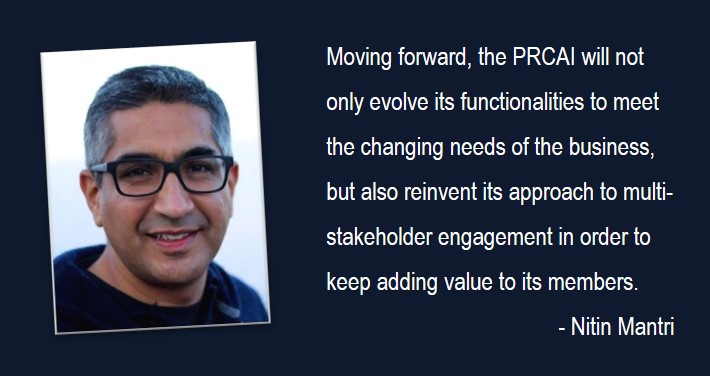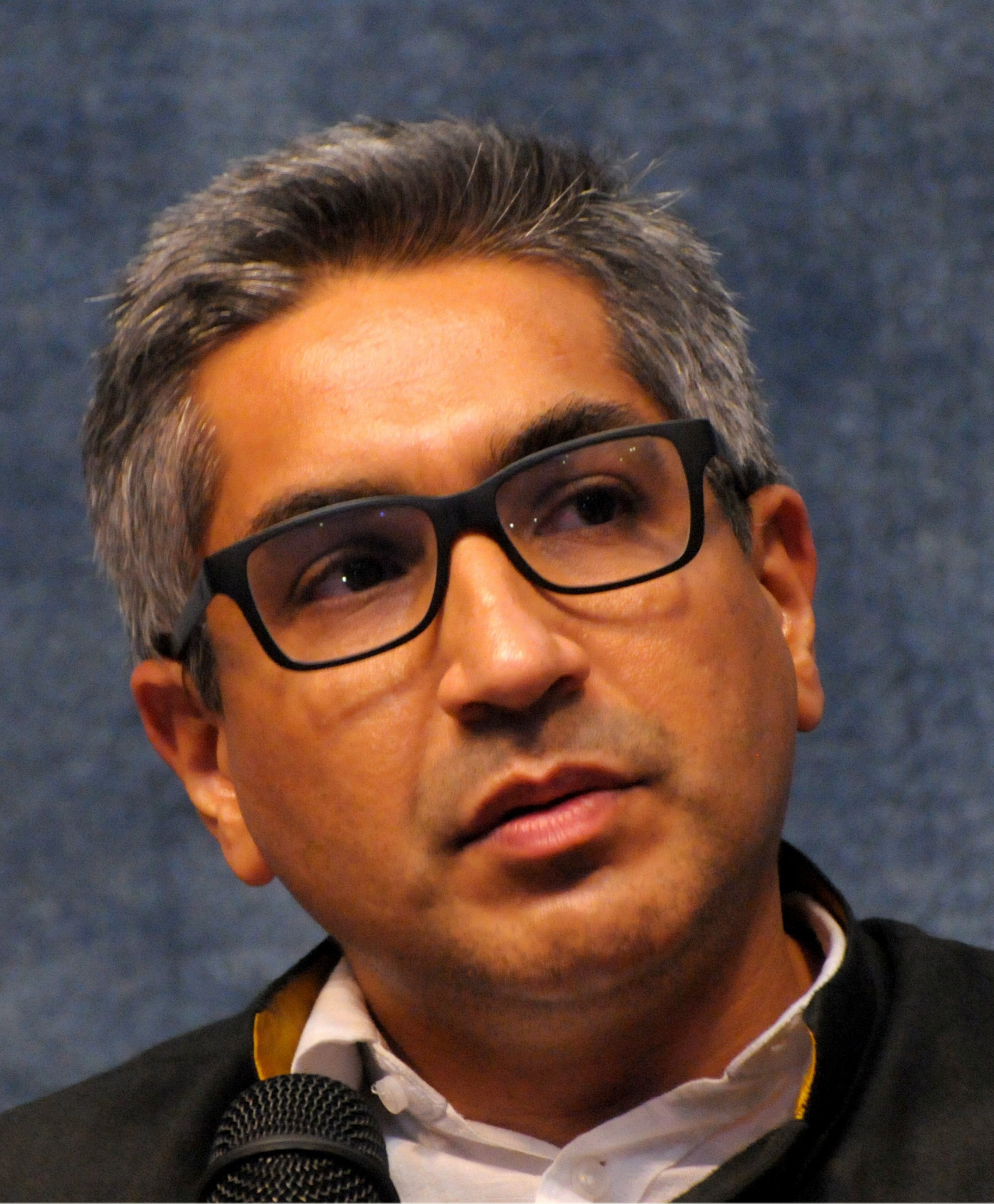In 2016, when I was first elected President of the Public Relations Consultants Association of India (PRCAI), the management committee had its work cut out: to make the organisation relevant to its members, and more importantly, to the business and its people.
Over the last two years, through consistent efforts and a wide-ranging engagement approach, we not only embedded ourselves deeply within the business but also reiterated PRCAI’s position as the apex body for PR firms in India. Some of our key initiatives included celebrating our work through awards like SABRE, cooperation with more awards like Fulcrum Awards and PRmoment 30 under 30; partnerships with thought leadership forums like AMEC Global Summit and Promise Foundation; conferences like the CEO Forum and HR roundtables to bring our members together; knowledge sessions in regional markets to draw PR firms in smaller markets; inter-consultancy cricket tournaments to encourage bonding among young professionals; deeper engagement with the International Consultancy Communications Organisation (ICCO) that gives our members access to world-class training; and two State of Industry surveys, which highlighted issues impacting the business.
It was a busy two years for us, nonetheless fulfilling ones because we also managed to stabilize our finances through steady increase in sponsorships and our membership base. From a 30% increase in 2016 to a 40% in 2017, at present, PRCAI has 50 member firms, including consultancies and senior communications professionals.
Moving forward, the PRCAI will not only have to evolve its functionalities to meet the changing needs of the industry, but also reinvent its approach to multi-stakeholder engagement in order to keep adding value to its members. I feel the time is just right for us to take the next big leap into the future by focussing on three broad objectives:
- Enhance our relevance to a wider stakeholder group – clients, media and government
- Expand the base from PR firms to include public affairs and digital firms
- Continue to address the talent crunch and nurture future talent
Enhance PRCAI’s Relevance to a Wider Stakeholder Group
One of PRCAI’s key goals would be to further the organisation’s significance to new but relevant stakeholders such as clients, media and government. The reason: even though the PR profession has evolved, people’s perception of the business hasn’t. While our outreach to these stakeholders has progressed over the years, their understanding of our business has been varying.
Being in the business of people and relationships, I think it is time for the industry to rewrite our playbook which we use to engage with our clients, media and the government by bridging the gap of communication and understanding of each other’s roles and priorities. Ironical, if you ask me, for an industry that excels in communication.
So, how do we do this?
1. Bridge the client-agency gap: The PR business has come a long way from the days when it was seen as a bunch of order-takers at the end of the value chain, while strategy was led by advertising and other marketing functions. Yet, even today, PR is not on the top of the pecking order in corporate budgets. The next two years, the PRCAI will focus on augmenting the PR business before clients.
Research. The first step in this direction would be to understand what clients “really” think about us and our capabilities. The PRCAI has already started the process by including in-house communicators in its ‘State of Industry Survey 2017’. This year, the organisation will conduct a survey that will include CXOs.
Forums. The PRCAI will support conferences and also bring C-level executives and PR firm heads together through forums that will delve into why PR is still struggling to get a seat in the boardroom. An important part if this will be to help them understand that todays PR firms are more integrated in offering than ever before.
2. Reach out to the media: The relationship between PR and journalism has always been an uneasy one, largely stemming from a lack of understanding of what the other does. While journalists feel PR people have no respect for their time, PR professionals wallow in the belief that all reporters hate them and ignore their work. But, let’s face it PR and journalism are inextricably linked and a lot can be achieved if the adversarial nature of their relationship changes.
The PRCAI will act as a catalyst for change. While our action plan will evolve over the next two years, we will start with a survey that will include senior media professionals, on the lines of the survey we did with clients. Once the findings of the survey are out, we can have open debates and hopefully, the relationship gets better.
PRCAI will also reach out to senior journalists, inviting them to attend PR events and forums. It’s ironical that the PRCAI and the Editors Guild of India have never formally met, a point raised by a senior PR professional in a recent article in this magazine. I agree that the two bodies can achieve a lot together, especially when it comes to the fight against fake news.
3. Forging ties with government bodies. The PRCAI should engage more closely with government stakeholders to create more awareness and relevance about the business. With our core competence of reputation management, exerting influence and effecting change, we can make a whole lot of difference to the way governments and public interact.
PRCAI can at create platforms where State governments and industry stakeholders engage to discuss opportunities and challenges for governments in reputation building and issue management in a transparent and ethical manner. Such efforts will lead to visibility and give the PR profession recognition.
Given that the current government is making States competitive through various indices and benchmarks, we could also look at partnering with policy-making bodies to create a brand building and management index for States.
Expand the Base from PR Firms to Include Public Affairs and Digital Firms
Given the shift away from traditional PR roles, we have several firms offering specialised services such as digital and public affairs and doing integrated campaigns for clients. As a representative body for the entire industry, PRCAI will expand its membership base to include these firms. Having members from different specialisations in the communications field, will boost collaboration, ensure best practice and facilitate knowledge-sharing among members, equipping them with the skills to thrive in this disruptive world where integration of disciplines is becoming a “new normal”.
Again, making the association relevant to this group will be important and we have already started that by ensuring most of our forums discuss wider topics that are relevant to public affairs and digital firms. The Sabre awards this year will also focus on artificial intelligence and how technology is changing PR as well as influencer marketing.
Continue to Address the Talent Crunch and Nurture Future Talent
No article on PR is complete without a discussion on the industry’s perennial problem – lack of talent. I believe that by changing our stakeholders’ perception of the business, we will address the talent crunch issue to some extent. For instance, if clients see us as important and pay more by way of retainer fee, the industry will have more money to hire the best talent. Our entry-level salaries are still low and do not attract the crème de la crème of professionals. Again, if PRCAI takes out the time to lead relevant campaigns it will improve the industry’s image and also, inspire young people to join PR. Millennial and Gen Z need role models and larger-than-life inspiration. To make PR attractive for them, we need to do more for the larger good of the community.
In the meantime, PRCAI will continue to market the profession as a blue-chip career among young people. The organisation has already tied up with communications and journalism colleges, where members take classes. We have a partnership with SCoRE to promote new talent, which includes training programmes like Manifest.
Conclusion
As we move forward, PRCAI will continue to drive ideas into action and strive to enhance opportunities and value for its members and the industry at large. While doing so, it will be our consistent endeavour to continue driving PRCAI’s core goal of raising standards, maintaining transparency, and preventing ethical violations by working towards a common code of conduct.
We signed the Helsinki Declaration last year and I am confident that as we leap forward to maximize opportunities and growth, all our members will respect that code.
I am hopeful that in the next two years we will be able to expand PRCAI’s influence even further and voice our concerns better with our stakeholders. I am fortunate to have an experienced and efficient team, comprising Vice-President Atul Sharma and Secretary Aman Gupta, and our elected regional chapter chairpersons Samir Kapur (North), Sheena Sharma (South), Girish Huria (West) and Khurshid Ahmed (East) to support this shared vision and commitment of taking PRCAI to its next level.
The views expressed here are that of the author and do not necessarily reflect that of Reputation Today.



Be the first to comment on "PRCAI aims to become more relevant to stakeholders"